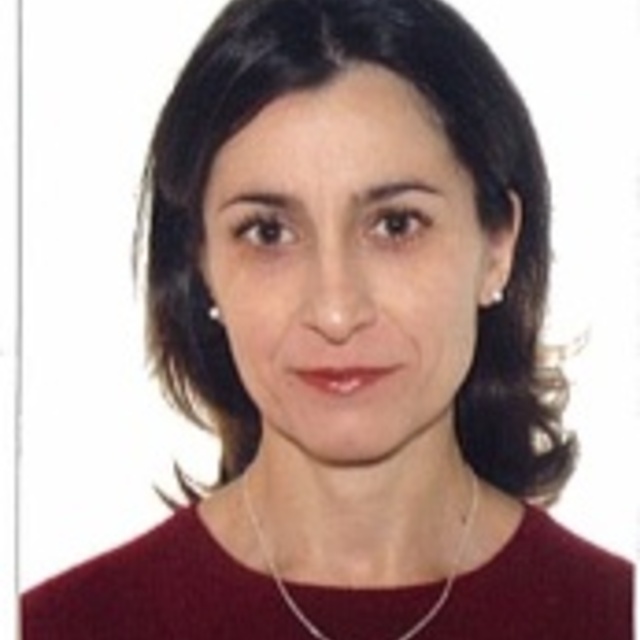December
2022
•
2022ApJ...941..162E
Authors
•
Elia, D.
•
Molinari, S.
•
Schisano, E.
•
Soler, J. D.
•
Merello, M.
•
Russeil, D.
•
Veneziani, M.
•
Zavagno, A.
•
Noriega-Crespo, A.
•
Olmi, L.
•
Benedettini, M.
•
Hennebelle, P.
•
Klessen, R. S.
•
Leurini, S.
•
Paladini, R.
•
Pezzuto, S.
•
Traficante, A.
•
Eden, D. J.
•
Martin, P. G.
•
Sormani, M.
•
Coletta, A.
•
Colman, T.
•
Plume, R.
•
Maruccia, Y.
•
Mininni, C.
•
Liu, S. J.
Abstract
•
We present a new derivation of the Milky Way's current star formation rate (SFR) based on the data of the Herschel InfraRed Galactic Plane Survey (Hi-GAL). We estimate the distribution of the SFR across the Galactic plane from the star-forming clumps identified in the Hi-GAL survey and calculate the total SFR from the sum of their contributions. The estimate of the global SFR amounts to 2.0 ± 0.7 M ⊙ yr-1, of which 1.7 ± 0.6 M ⊙ yr-1 coming from clumps with reliable heliocentric distance assignment. This value is in general agreement with estimates found in the literature of last decades. The profile of SFR density averaged in Galactocentric rings is found to be qualitatively similar to others previously computed, with a peak corresponding to the Central Molecular Zone and another one around Galactocentric radius R gal ~ 5 kpc, followed by an exponential decrease as $\mathrm{log}({{\rm{\Sigma }}}_{\mathrm{SFR}}/[{M}_{\odot }\,{\mathrm{yr}}^{-1}\,{\mathrm{kpc}}^{-2}])=a\,{R}_{\mathrm{gal}}/[\mathrm{kpc}]+b$ , with a = -0.28 ± 0.01. In this regard, the fraction of SFR produced within and outside the solar circle is 84% and 16%, respectively; the fraction corresponding to the far outer Galaxy (R gal > 13.5 kpc) is only 1%. We also find that, for R gal > 3 kpc, our data follow a power law as a function of density, similarly to the Kennicutt-Schmidt relation. Finally, we compare the distribution of the SFR density across the face-on Galactic plane and those of median parameters, such as temperature, luminosity/mass ratio, and bolometric temperature, describing the evolutionary stage of Hi-GAL clumps. We found no clear correlation between the SFR and the clump evolutionary stage.
Links




